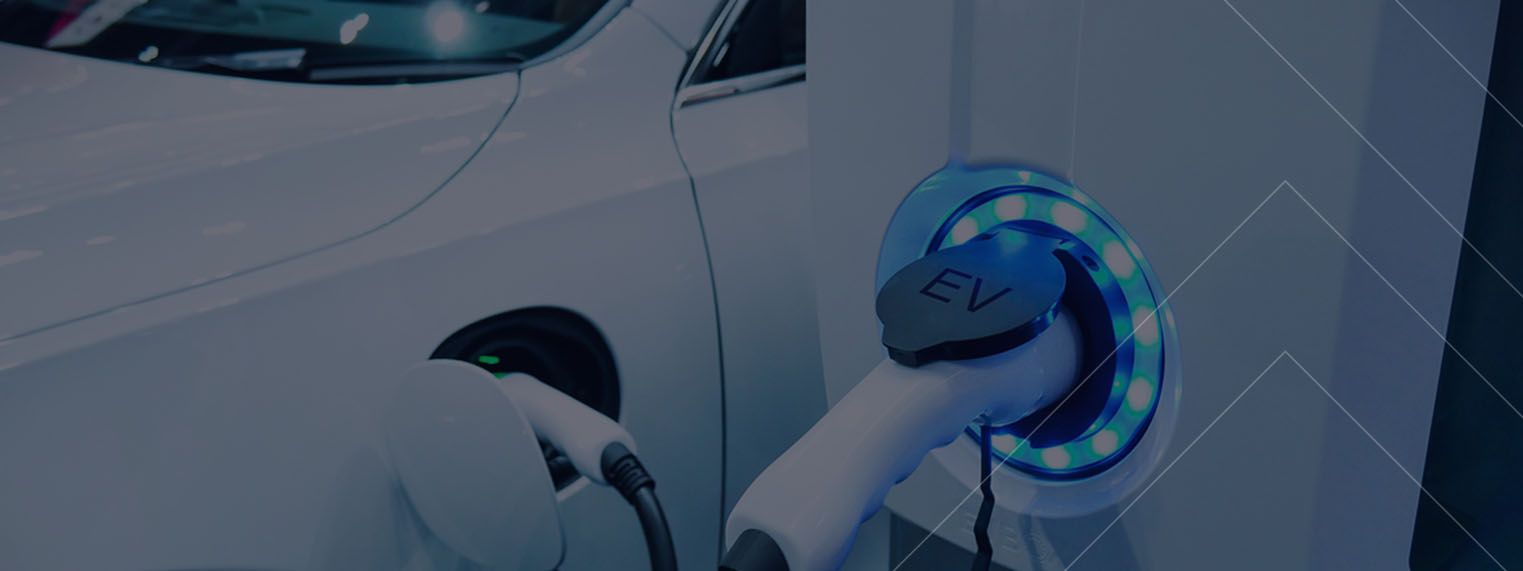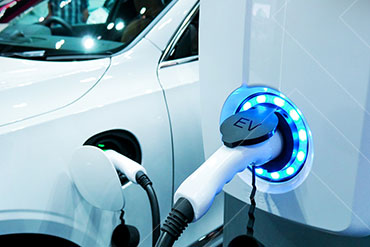
Electrification in the EV Market: Understanding Drivers and Opportunities
One of defining trends in the automotive market currently is electrification, driven by carbon reduction targets, fiscal incentives, energy prices, ownership costs, and expansion of charging infrastructure. Battery electric vehicles (BEVs) are a key focal point for most OEMs. Since 2018-19, the total number of electric vehicle models has doubled with approximately 500 models available as of 2022. Automakers are introducing a wider variety of EV models, including sedans, SUVs, and even trucks, catering to different consumer preferences. Electric vehicles have led to the entry of several EV startups such as Lucid Motors, Rivian, Nio, and Fisker. OEMs such as Honda and Toyota that did not have a mainstream strategy for electric vehicles are now prioritizing rapid development of electric vehicles. China, US, and Germany are the largest EV markets globally.
Impact of Emission Regulations –
Emission regulations have played a significant role in driving the adoption of electric vehicles around the world. These regulations are primarily aimed at reducing the negative environmental impact of traditional internal combustion engine (ICE) vehicles, which emit pollutants and greenhouse gases that contribute to air pollution and climate change. Here's how emission regulations have impacted the adoption of electric vehicles.
Stringent Emission Standards and Zero-Emission Vehicle (ZEV) Mandates: Many countries and regions have implemented increasingly stringent emission standards for vehicles emission reduction targets as part of their efforts to combat climate change, particularly for pollutants like nitrogen oxides (NOx), particulate matter (PM), and carbon dioxide (CO2). These standards require automakers to produce vehicles that emit fewer pollutants, which has led to the development and promotion of electric vehicles as a cleaner alternative since it produces little to no tailpipe emissions, contribute to achieving these targets and help governments fulfill their climate commitments. By 2035, all passenger cars in the EU need to have 100% reduction in CO2 emissions. In the US, 50% of new passenger car sales are required to be zero emission by 2030.
Incentives and Subsidies: Governments in various regions have offered financial incentives, tax breaks, and subsidies to consumers who purchase electric vehicles. These incentives make EVs more affordable and attractive, mitigating the initial higher purchase cost compared to traditional vehicles. France, UK, Spain, Netherlands, and Norway offer purchase incentives while the US offers tax credit on the purchase of electric vehicles.
Exemption from Emission-Related Fees: Electric vehicles often receive exemptions or discounts from tolls, congestion charges, and parking fees that are applied to traditional gasoline or diesel vehicles. This creates a cost advantage for EV owners and encourages their adoption. Free parking and toll exemption for electric vehicles is available across Europe

OEMs are strategically developing their EV blueprint to capture future market share that will increasingly be differentiated by range, battery technology, and accessible aftermarket services network. Key OEM strategies include -
Partnerships: Some traditional automakers formed partnerships with tech companies or other industries to collaborate on EV development. For instance, Honda is developing its first EV on the GM’s electric platform while Ford partnered with Rivian for electric trucks.
Global Expansion: Automakers aimed to expand their EV offerings to various markets globally to take advantage of regional incentives and preferences. Chinese EV makers such as Xpeng and Nio and Vietnamese automaker Vinfast are expanding across Europe to gain market share.
Charging Infrastructure: Expansion of charging infrastructure was a crucial factor in boosting EV adoption. Governments, private companies, and automakers were investing in building a network of charging stations. 7 automakers – BMW, GM, Honda, Hyundai, Kia, Stellantis, and Mercedes Benz – have partnered to develop an extensive charging infrastructure across North America. Ford and GM have announced plans to adopt Tesla type chargers from 2025.
80% of the Forbes Global 2000 B2B companies rely on MarketsandMarkets to identify growth opportunities in emerging technologies and use cases that will have a positive revenue impact.
- Leading Automated Guided Vehicle Companies 2024: An In-depth Analysis
- CHARGED UP: SHIFT TO E-MOBILITY AND THE EVOLUTION OF TRANSPORTATION
- Global Automotive Market: Predictions For 2024
- Revolutionizing Depot Charging: Hockey Stick Growth on the Cards
- The Future of Silicon Battery Industry: Innovations and Market Outlook
To make EVs more attractive to customers, OEMs are investing in advanced technologies such as -
Technological Advancements: The pressure to meet emission standards has driven innovation in battery technology and other aspects of electric vehicle design, leading to improvements in range, affordability, and overall performance of EVs. Automakers are investing in battery technology to improve the range of EVs on a single charge. Batteries with higher energy density, faster charging capabilities, and longer lifespans are being developed. Solid-state batteries are expected to be a potential breakthrough, promising improved safety, energy density, and charging times compared to traditional lithium-ion batteries. All OEMs are working towards this end goal. Honda is developing solid state batteries that is expected to reduce the battery weight by half.

Energy Storage and Second-Life Batteries: Energy storage technology is a fundamental aspect of EVs. Lithium-ion batteries have been the dominant technology, but there were ongoing efforts to improve battery efficiency, longevity, and cost-effectiveness. OEMs such as Nissan, Renault, and Mercedes Benz are exploring used EV batteries as energy storage systems for vehicles, homes, and businesses.
Battery Swapping: Battery swapping is considered an innovative solution to address the challenge of long charging times. This approach involves quickly replacing a depleted battery with a fully charged one at dedicated stations. Battery swapping could potentially reduce charging times significantly, making EVs more convenient for consumers on longer trips. Chinese automakers such as Geely and Nio are investing in battery swapping technology in China.
Authored by Shweta Surender, MarketsandMarkets

